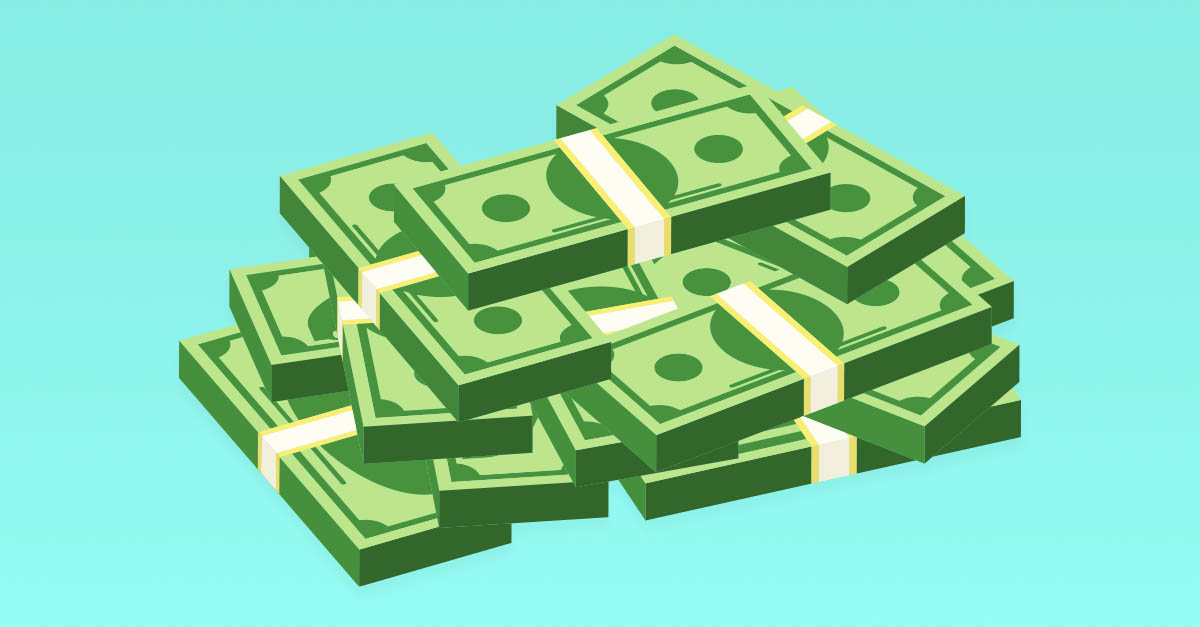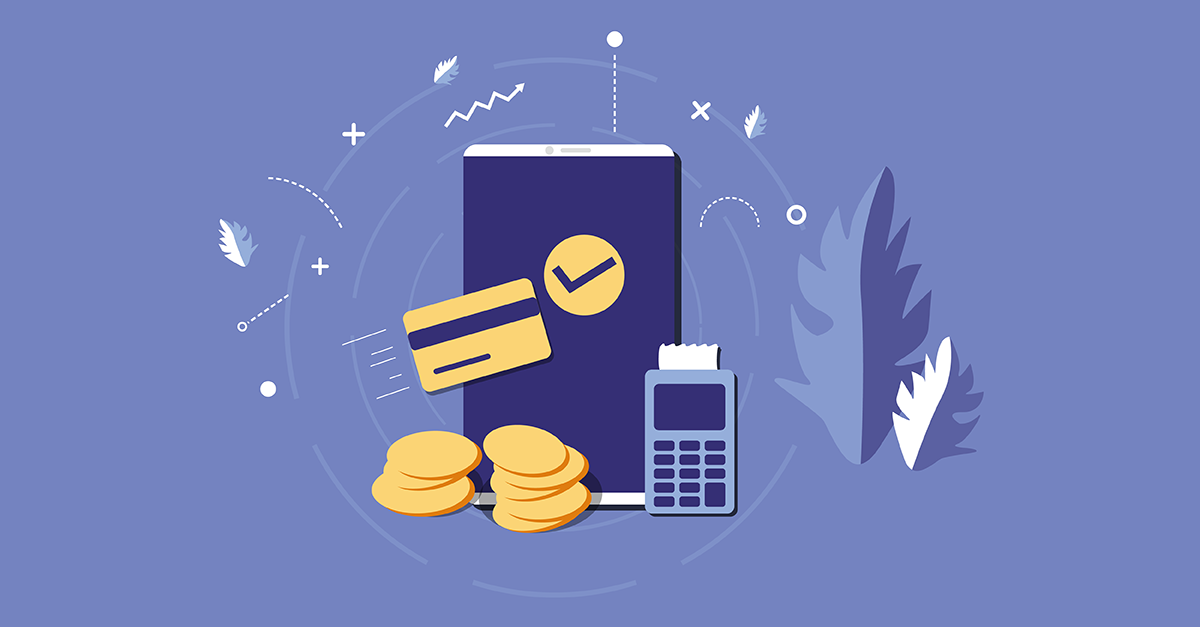Please Note: Requirements for loan repayment through the Paycheck Protection Program vary and are changing rapidly. Please encourage your merchants to read the latest guidance from the Small Business Administration and the U.S. Department of Treasury for updated program rules and how they apply to their situation.
In response to the impact of the COVID-19 pandemic on small business across the United States, the federal government launched the Paycheck Protection Program (PPP) in April of 2020. The program was launched as part of the Coronavirus Aid, Relief, and Economic Security Act to provide small businesses with the funding they need to keep their workforce employed.
So far, there have been two rounds of applications for these loans. The first deadline for applications was June 30, 2020. However, the federal government soon chose to extend the program. This allowed the U.S. Small Business Administration to resume accepting applications through August 8, 2020.
If your merchant applied for and received funding through this program, they may be eligible for loan forgiveness. According to the SBA’s website, “SBA will forgive loans if all employee retention criteria are met, and the funds are used for eligible expenses. The loan will be fully forgiven if the funds are used for payroll costs, interest on mortgages, rent, and utilities (due to likely high subscription, at least 60% of the forgiven amount must have been used for payroll).” To read the specific details on loan forgiveness, click here.
In this post, we’ll share information to help your merchants prepare to apply for PPP loan forgiveness.
Table of Contents
The PPP Flexibility Act
The PPP Flexibility Act (PPPFA) was signed into law on June 5, 2020. This new law makes it possible for even more loan recipients to receive full forgiveness of their PPP loans.
Before this Act was signed into law, small business owners planning to apply for loan forgiveness had to spend at least 75% of the funding they received on eligible payroll costs. That meant that if a business owner wanted to receive full forgiveness of their loan, they could not spend more than 25% on non-payroll expenses.
The PPPFA reduces the percentage small businesses are required to spend on eligible payroll costs if they want to qualify for loan forgiveness to 60%, leaving 40% for non-payroll expenses.
Also, before the PPPFA was signed, business owners were required to spend their PPP funds within an 8- week period to qualify for forgiveness. The new law extends this period from 8 to 24 weeks. Depending on when your merchant received their loan, this could give them until the end of the year to use their funds and still qualify for forgiveness.
To read more details on the Paycheck Protection Program Flexibility Act, click here.
PPP Loan Forgiveness | When to Apply
According to the SBA, the following entities affected by COVID-19 may be eligible for loan forgiveness:
-
- Any small business concern that meets SBA’s size standards (either the industry based sized standard or the alternative size standard)
- Sole proprietors, independent contractors, and self-employed persons
- Any business with a NAICS Code that begins with 72 (Accommodations and Food Services) that has more than one physical location and employs less than 500 per location
- Any business, 501(c)(3) non-profit organization, 501(c)(19) veterans’ organization, or Tribal business concern (sec. 31(b)(2)(C) of the Small Business Act) with the greater of:
- 500 employees, or
- That meets the SBA industry size standard if more than 500
- Any small business concern that meets SBA’s size standards (either the industry based sized standard or the alternative size standard)
Your merchant can start the process of applying for loan forgiveness after one of the following:
- Their loan forgiveness covered period has concluded.
- They have used all the funding they received.
Your merchant must apply for loan forgiveness within ten months from the end of their covered period or ten months from December 31, 2020 – whichever comes first. Once they submit their application, your merchant’s lender has 60 days to accept or deny their request.
How to Prepare a Loan Forgiveness Application
Your merchant can easily access a loan forgiveness application on SBA.gov, or by clicking one of the options below:
-
- PPP Loan Forgiveness Application
- PPP Loan Forgiveness Application (Spanish version)
- PPP EZ Loan Forgiveness Application (if their business qualifies)
Some borrowers may be qualified to use Form3508EZ to apply for loan forgiveness. This form requires fewer calculations than the regular application. To be eligible, your merchant must meet the following criteria:
-
- Are self-employed and have no employees, OR
- Did not reduce salaries, wages, or their employees by more than 25%, and did not reduce the number or hours of their employees, OR
- Experienced reductions in business activity as a result of the health directives related to COVID-19, and did not reduce the salaries or wages of their employees by more than 25%.
Your merchant’s lender can help them determine which form is best to submit for their business.
Regardless of which application the merchant chooses, they will need to submit documents that verify their payroll, full-time employees, and non-payroll expenses. These documents may include, but are not limited to:
Payroll Documentation:
-
- Bank account statements or third-party payroll service provider reports documenting the amount of cash compensation paid to employees.
- Tax forms (or equivalent third-party payroll service provider reports) for the periods that overlap with the Covered Period or the Alternative Payroll Covered Period.
- Payment receipts, cancelled checks, or account statements documenting the amount of any employer contributions to employee health insurance and retirement plans that the Borrower included in the forgiveness amount.
- Bank account statements or third-party payroll service provider reports documenting the amount of cash compensation paid to employees.
Non-Payroll Expenses Documentation:
-
- Business mortgage interest payments: Copy of lender amortization schedule and receipts or cancelled checks verifying eligible payments from the Covered Period; or lender account statements from February 2020 and the months of the Covered Period through one month after the end of the Covered Period verifying interest amounts and eligible payments.
- Business rent or lease payments: Copy of current lease agreement and receipts or cancelled checks verifying eligible payments from the Covered Period; or lessor account statements from February 2020 and from the Covered Period through one month after the end of the Covered Period verifying eligible payments.
- Business utility payments: Copy of invoices from February 2020 and those paid during the Covered Period and receipts, cancelled checks, or account statements verifying those eligible payments
- Business mortgage interest payments: Copy of lender amortization schedule and receipts or cancelled checks verifying eligible payments from the Covered Period; or lender account statements from February 2020 and the months of the Covered Period through one month after the end of the Covered Period verifying interest amounts and eligible payments.
There is also some documentation that the merchant must maintain but is not required to submit. A full list of instructions and details on necessary documentation for your merchant’s business can be found on the application.
If your merchant has questions about PPP loan forgiveness, please encourage them to contact their lender or review these Frequently Asked Questions from the U.S. Small Business Administration.
Sources: Intuit Quickbooks, Intuit Quickbooks, U.S. Small Business Administration



